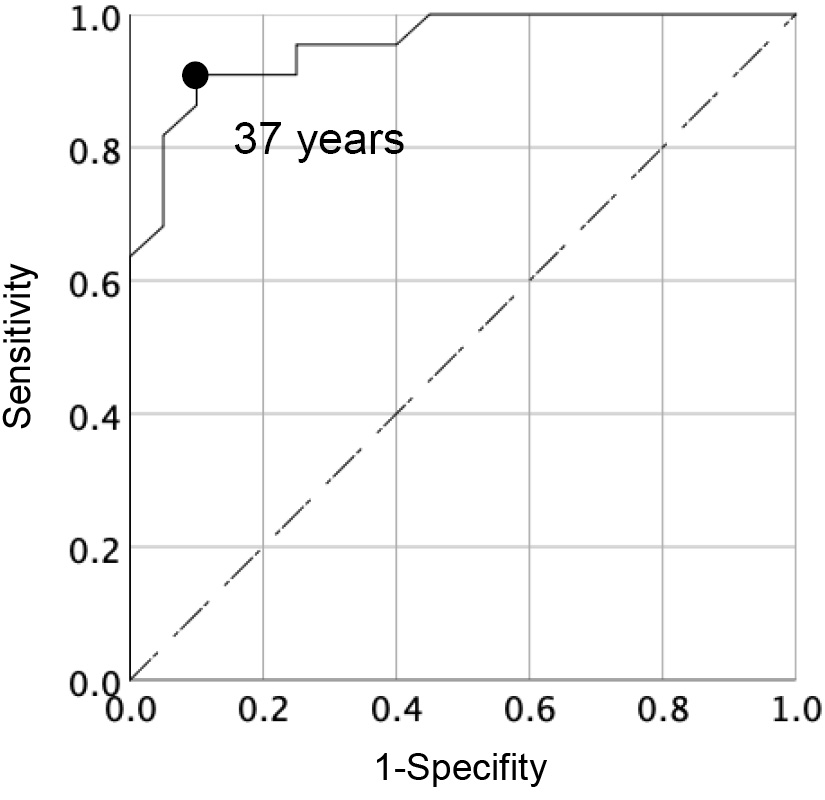- J-STAGE home
- /
- Spine Surgery and Related Rese ...
- /
- Volume 6 (2022) Issue 3
- /
- Article overview
-
Toshiaki Kotani
Department of Orthopedic Surgery, Seirei Sakura Citizen Hospital
-
Tsuyoshi Sakuma
Department of Orthopedic Surgery, Seirei Sakura Citizen Hospital
-
Yasushi Iijima
Department of Orthopedic Surgery, Seirei Sakura Citizen Hospital
-
Yasuchika Aoki
Department of Orthopedic Surgery, Eastern Chiba Medical Center
-
Kotaro Sakashita
Department of Orthopedic Surgery, Seirei Sakura Citizen Hospital
-
Kohei Okuyama
Department of Orthopedic Surgery, Seirei Sakura Citizen Hospital
-
Takahiro Sunami
Department of Orthopedic Surgery, University of Tsukuba
-
Kosuke Sato
Department of Orthopedic Surgery, University of Tsukuba
-
Tomoyuki Asada
Department of Orthopedic Surgery, University of Tsukuba
-
Tsutomu Akazawa
Department of Orthopedic Surgery, St. Marianna University, School of Medicine
-
Kazuhide Inage
Department of Orthopedic Surgery, Chiba University, Graduate School of Medicine
-
Yasuhiro Shiga
Department of Orthopedic Surgery, Chiba University, Graduate School of Medicine
-
Takashi Hozumi
Department of Orthopedic Surgery, Chiba University, Graduate School of Medicine
-
Shohei Minami
Department of Orthopedic Surgery, Seirei Sakura Citizen Hospital
-
Seiji Ohtori
Department of Orthopedic Surgery, Chiba University, Graduate School of Medicine
2022 Volume 6 Issue 3 Pages 247-251
- Published: May 27, 2022 Received: September 03, 2021 Available on J-STAGE: May 27, 2022 Accepted: October 28, 2021 Advance online publication: December 14, 2021 Revised: -
(compatible with EndNote, Reference Manager, ProCite, RefWorks)
(compatible with BibDesk, LaTeX)



